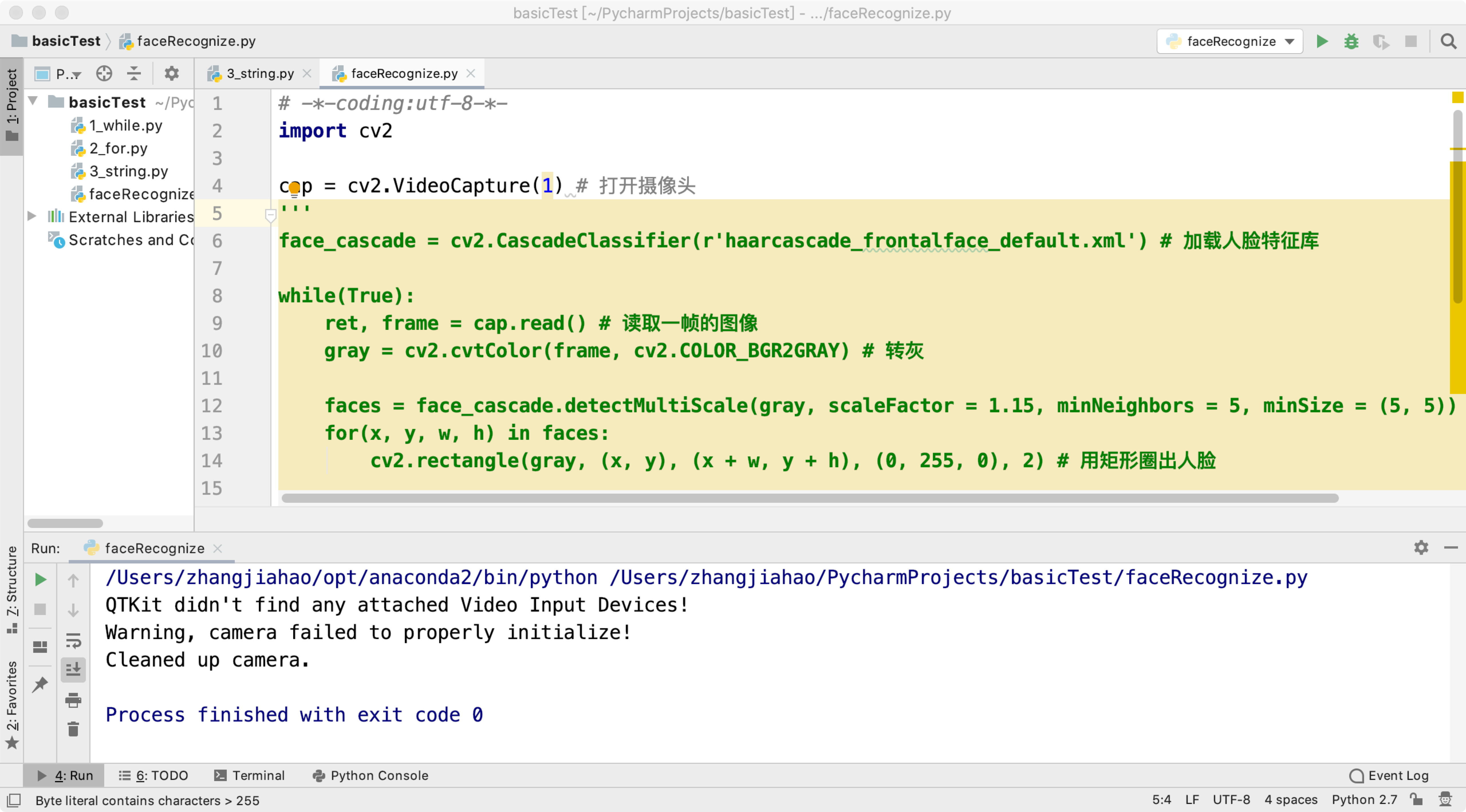

dario.py: A benchmark script by Dario Radečić at the post above.ģ.It can be installed in either of the following ways: 1. It's said that, numpy installed in this way is optimized for Apple M1 and will be faster. OpenCV-Python supports all the leading platforms like Mac OS, Linux, and Windows.

#Get opencv for mac python install
Apple-TensorFlow: with python installed by miniforge, I directly install tensorflow, and numpy will also be installed.conda install numpy: numpy from original conda-forge channel, or pre-installed with anaconda.(Check from Activity Monitor, Kind of python process is Intel). Anaconda.: Then python is run via Rosseta.(Check from Activity Monitor, Kind of python process is Apple). Miniforge-arm64, so that python is natively run on M1 Max Chip.On M1 Max, why run in P圜harm IDE is constantly slower ~20% than run from terminal, which doesn't happen on my old Intel Mac.Įvidence supporting my questions is as follows:.On M1 Max and native run, why there isn't significant speed difference between conda installed Numpy and TensorFlow installed Numpy - which is supposed to be faster?.On M1 Max, why there isn't significant speed difference between native run (by miniforge) and run via Rosetta (by anaconda) - which is supposed to be slower ~20%?.Why python run natively on M1 Max is greatly (~100%) slower than on my old MacBook Pro 2016 with Intel i5?.I've tried several combinational settings to test speed - now I'm quite confused. I just got my new MacBook Pro with M1 Max chip and am setting up Python.


 0 kommentar(er)
0 kommentar(er)
